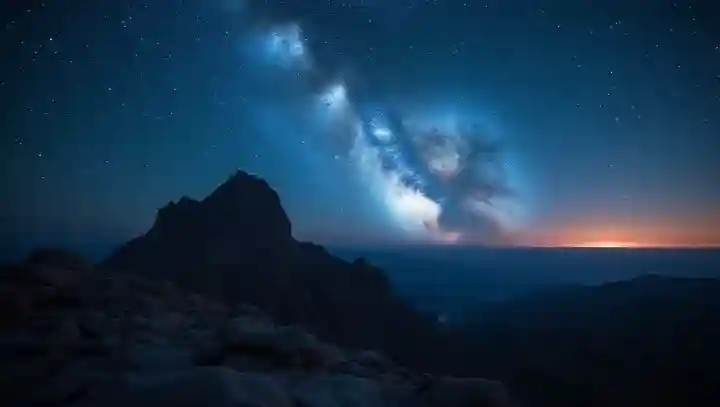
Across the globe, certain landmarks have gained international acclaim as premier locations for observing the night sky. From the arid landscapes of the Atacama Desert in Chile to the remote expanses of the Mauna Kea Observatory in Hawaii, these destinations offer unparalleled clarity and minimal light pollution, making them a magnet for both amateur and professional astronomers. Recent studies by the International Dark-Sky Association emphasize the growing importance of preserving such sites amid increasing urban light encroachment. Dr. Emily Harris, an astrophysicist at the Global Astronomy Institute, asserts that visiting these venues provides not only a breathtaking visual spectacle but also deepens public engagement with space science. "These environments serve as natural classrooms," she explains, "where travelers can witness the cosmos in its purest form." Travel agencies worldwide are responding by curating specialized tours that combine visits to iconic landmarks with nighttime stargazing sessions. Innovative programs often include advanced telescopes and guided commentary, enhancing the immersive experience. With rising interest in celestial tourism, these locales are poised to become hubs of scientific tourism and cultural significance. Visitors planning trips to such remote sites are encouraged to prepare adequately, respecting conservation guidelines and ensuring minimal environmental impact. Local governments and conservationists continue to collaborate, aiming to balance tourism growth with the protection of these irreplaceable natural assets.